There are dozens of traditional villages in the province of Yunnan, and here is the travel routes to explore these villages starting from the capital city Kunming.
Kunming-Leju Village (55 km)
Leju Village (55 km)
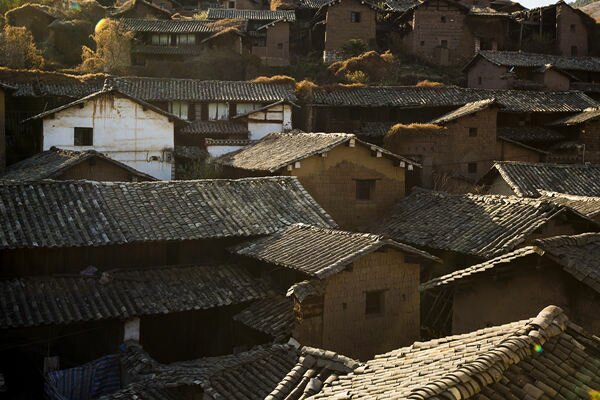 The ancient village enjoying a history of more than 600 years is in the western suburb of Kunming. The houses in the village are built conforming to the topography of the mountains in a well-proportioned manner. With dragon pools, moat, ancient houses and stone paths etc, the village in the vicinity of the city has many stories behind.
The ancient village enjoying a history of more than 600 years is in the western suburb of Kunming. The houses in the village are built conforming to the topography of the mountains in a well-proportioned manner. With dragon pools, moat, ancient houses and stone paths etc, the village in the vicinity of the city has many stories behind.
Add: Longtan Community, Tuanjie Town, Kunming
Kunming-Shilin-Luoping
Danuohei Sani Ethnic Village (113 km)
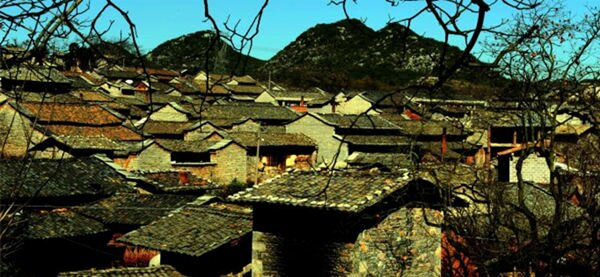 The locals in Danuohei Village have used the stones to construct houses from generation to generation. These quaint stony houses are the trace of the time witnessing the change of the life of the Sani people living in the village. Due to the unique stony houses, Danuohei is deemed "a stony village".
The locals in Danuohei Village have used the stones to construct houses from generation to generation. These quaint stony houses are the trace of the time witnessing the change of the life of the Sani people living in the village. Due to the unique stony houses, Danuohei is deemed "a stony village".
Add: 30 km southeast to Shilin county seat, Kunming
Lazhe Buyi Ethnic Village (242 km)
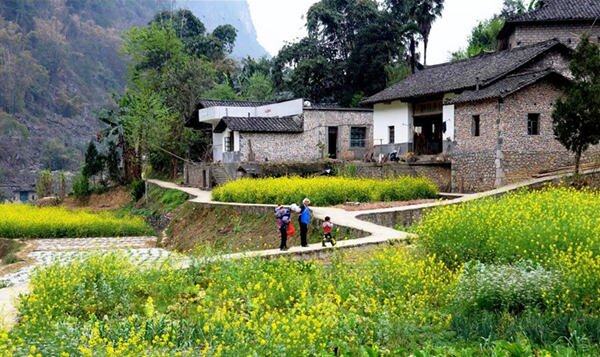 The village which is composed of about 100 families features flagstone road, stilted houses and Buyi ethnic costumes and folk customs.
The village which is composed of about 100 families features flagstone road, stilted houses and Buyi ethnic costumes and folk customs.
Add: Luosi Community, Lubuge Town, Luoping County, Qujing City
Kunming-Huize-Weixin
Baiwu Village (240 km)
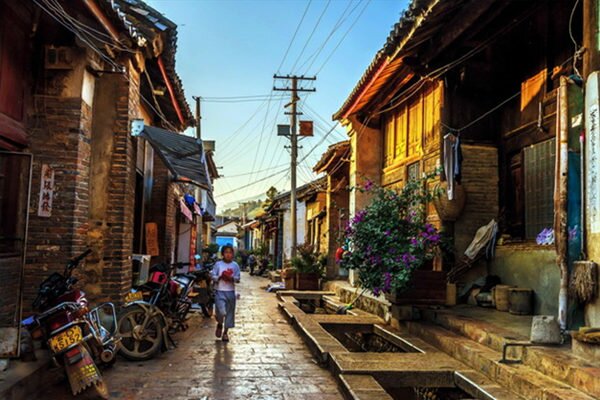 The village is deemed the first post on the "10 thousand-mile transportation to the national capital" thanks to the prosperity of copper business. In the Ming (1368-1644) and Qing (1644-1912) dynasties, merchants and copper transportation escorting officials use to station here and sponsored to construct a dozen buildings including guild houses, ancestral halls, temples and over 150 businesses. Today, the village has kept its quaint style.
The village is deemed the first post on the "10 thousand-mile transportation to the national capital" thanks to the prosperity of copper business. In the Ming (1368-1644) and Qing (1644-1912) dynasties, merchants and copper transportation escorting officials use to station here and sponsored to construct a dozen buildings including guild houses, ancestral halls, temples and over 150 businesses. Today, the village has kept its quaint style.
Add: Nagu Town, Huize County, Qujing City
Wanzi Miao Ethnic Village (650 km)
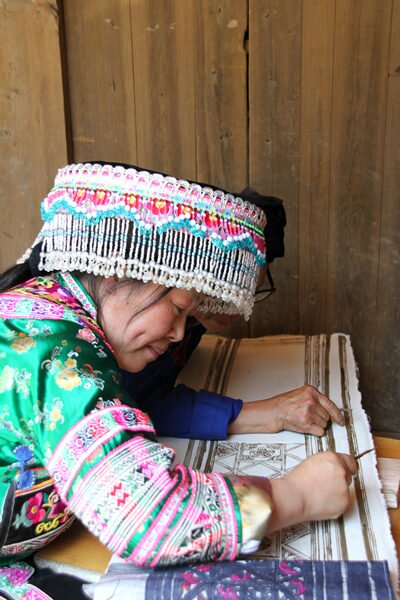 Wanzi is Yunnan's only one Miao ethnic village that was listed into the first batch of China's traditional villages. The village has well kept the Miao ethnic traditions which include “smaller threshold”(to symbolise one of the sons is married), Huashan festival, batik technique, and songs and dances etc.
Wanzi is Yunnan's only one Miao ethnic village that was listed into the first batch of China's traditional villages. The village has well kept the Miao ethnic traditions which include “smaller threshold”(to symbolise one of the sons is married), Huashan festival, batik technique, and songs and dances etc.
Add: Shuitian Community, Shuitian Town, Weixin County, Zhaotong City
Kunming-Luxi-Jianshui
Chengzi Village (176 km)
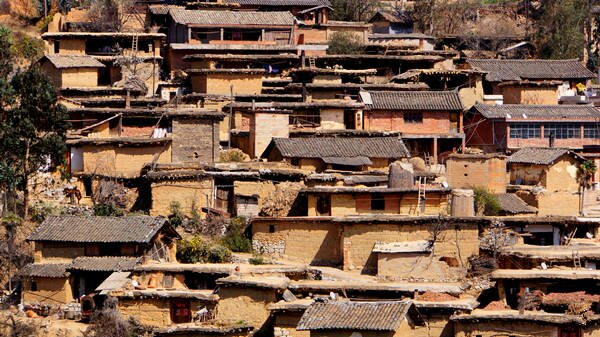 Enjoying a history of over 300 years, the earthen houses of the village outnumber 600. Built on the hillside, the earthen houses vividly look like terrace fields.
Enjoying a history of over 300 years, the earthen houses of the village outnumber 600. Built on the hillside, the earthen houses vividly look like terrace fields.
Add: 25 km south to Luxi county seat, Honghe Prefecture
Tuanshan Village (203 km)
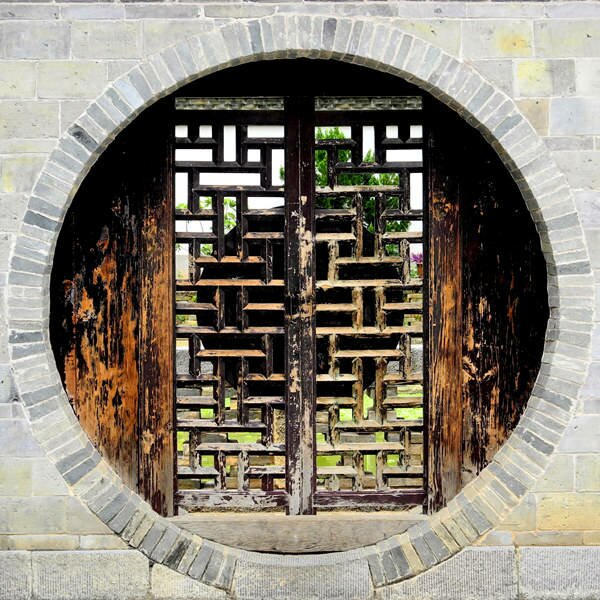 Tuanshan is often referred to as Family Zhang's Garden because Zhang Family from Jiangxi Province immigrated here for business since the Ming Dynasty (1368-1644) and had prospered into a well-to-do family in the later years. The village is highlighted by a cluster of ancient traditional residences first constructed in the Ming (1368-1644) and Qing (1644-1912) dynasties.
Tuanshan is often referred to as Family Zhang's Garden because Zhang Family from Jiangxi Province immigrated here for business since the Ming Dynasty (1368-1644) and had prospered into a well-to-do family in the later years. The village is highlighted by a cluster of ancient traditional residences first constructed in the Ming (1368-1644) and Qing (1644-1912) dynasties.
Add: 13 km west to Jianshui county seat, Honghe Prefecture
Kunming-Dali-Jianchuan-Yulong-Shangri-La-Deqin
Xizhou Bai Ethnic Village (366 km)
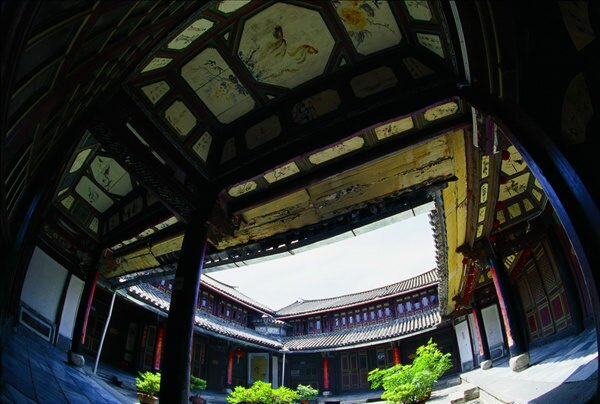 Xizhou is highlighted by a cluster of ancient Bai ethnic houses first constructed during the Ming(1368-1644) and Qing (1644-1912)dynasties and during the Republic of China (1912-1949). It is one of the best destinations to explore the Bai ethnic culture in Dali.
Xizhou is highlighted by a cluster of ancient Bai ethnic houses first constructed during the Ming(1368-1644) and Qing (1644-1912)dynasties and during the Republic of China (1912-1949). It is one of the best destinations to explore the Bai ethnic culture in Dali.
Add: Xizhou Town, Dali
Sideng Village (473 km)
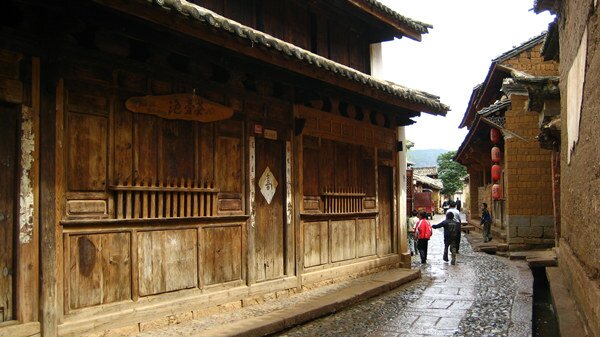 It was once a very important station on the ancient Tea-Horse Road .In the village, all of the architectures are well preserved in a traditional manner. Visitors are normally impressed with the quaint ancient opera stage, ancient temple, ancient shops, caravan guesthouses, sand-stone roads, centuries-old trees, ancient alleys and village gate etc.
It was once a very important station on the ancient Tea-Horse Road .In the village, all of the architectures are well preserved in a traditional manner. Visitors are normally impressed with the quaint ancient opera stage, ancient temple, ancient shops, caravan guesthouses, sand-stone roads, centuries-old trees, ancient alleys and village gate etc.
Add: Shaxi Town, Jianchuan County, Dali Prefecture
Baoshan Naxi Ethnic Village (632 km)
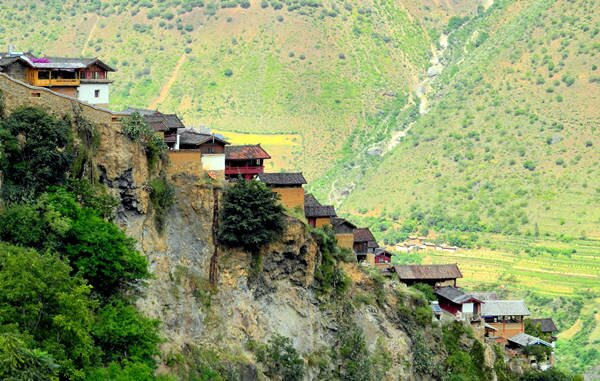 Seated on a cliff to the northeast of the Jade Dragon Snow Mountain, this Naxi ethnic village is about 100 km from the Old Town of Lijiang in the northwest of Yunnan Province. Most of the household utensils in the village are made from lime stones thus the name Stony Village.
Seated on a cliff to the northeast of the Jade Dragon Snow Mountain, this Naxi ethnic village is about 100 km from the Old Town of Lijiang in the northwest of Yunnan Province. Most of the household utensils in the village are made from lime stones thus the name Stony Village.
Add: Baoshan Town, Yulong County, Lijiang City
Niru Tibetan Village (748 km)
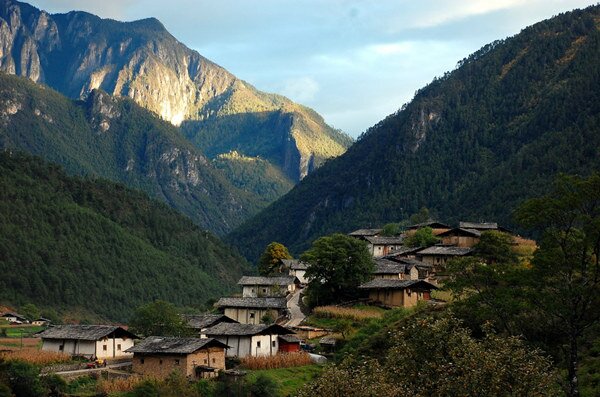 Niru is one of the symbolic nominated places among the natural wonders of the world natural heritage site the Three Parallel Rivers. 75 km northeast to Shangri-La county seat, and because of the inconvenient transport, Niru was once seldom known. Today, this Tibetan village is also called "the last mysterious land in Shangri-La."
Niru is one of the symbolic nominated places among the natural wonders of the world natural heritage site the Three Parallel Rivers. 75 km northeast to Shangri-La county seat, and because of the inconvenient transport, Niru was once seldom known. Today, this Tibetan village is also called "the last mysterious land in Shangri-La."
Add: Luoji Town, Shangri-La County, Diqing Prefecture
Yubeng Tibetan Village (854 km)
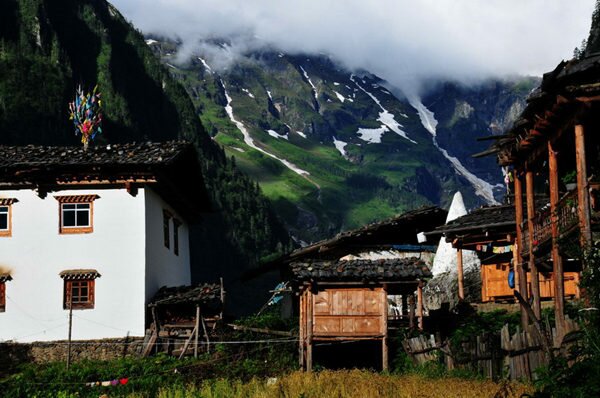 A really beautiful and miraculous place in the northwest of Yunnan. Due to the special geographic location at the foot of the Meili Snow
A really beautiful and miraculous place in the northwest of Yunnan. Due to the special geographic location at the foot of the Meili Snow